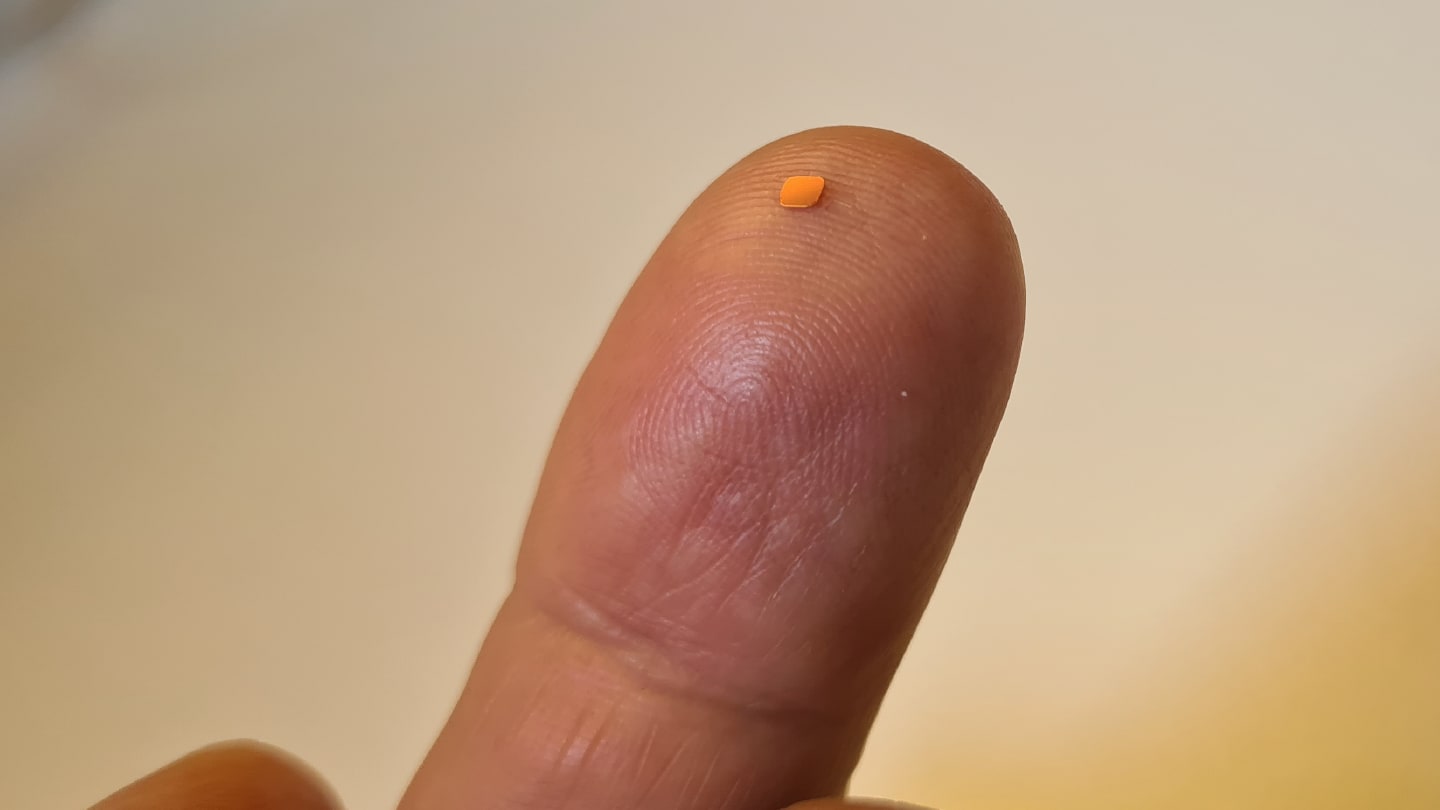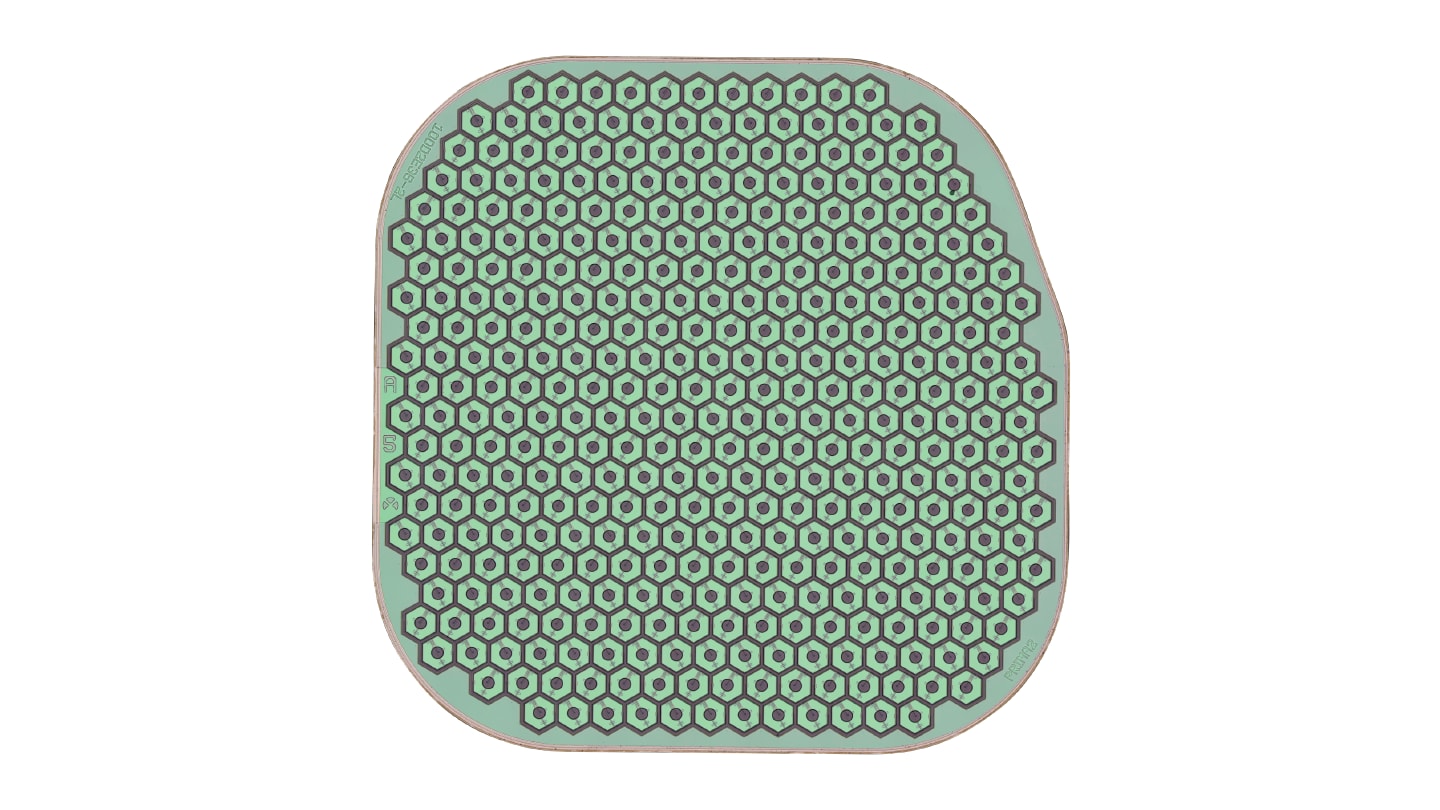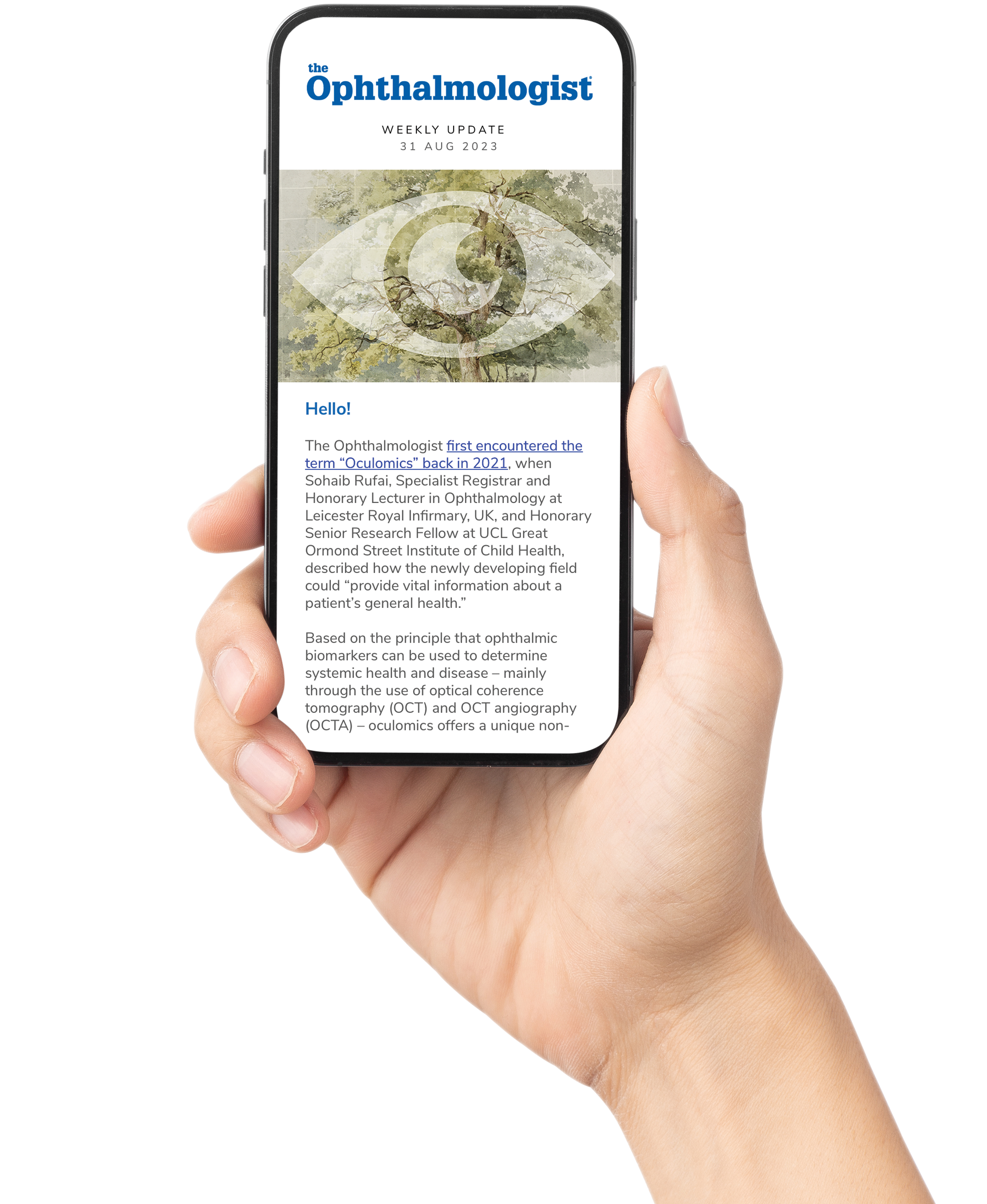Pioneering AI-powered eye implant restores functional vision to people who had lost all sight

A pivotal European clinical trial of a new electronic eye implant has seen remarkable results, London's Moorfields Eye Hospital reports. The study, published in the New England Journal of Medicine, showed 84% of participants were able to read letters, numbers and words using prosthetic vision through an eye that had previously lost its sight due to the untreatable progressive eye condition, geographic atrophy with dry age-related macular degeneration (AMD). They could also read, on average, five lines of a vision chart; some participants could not even see the chart before their surgery.
The trial, with 38 patients in 17 sites across five countries, involved the PRIMA device, Moorfields being the sole UK site. All patients had lost complete sight of their eye before receiving the implant.
The new implant is the first ever device to enable people to read letters, numbers and words through an eye that had lost its sight. The procedure involves a vitrectomy, where the eye’s vitreous jelly is removed, and the surgeon inserts the ultra-thin microchip, which is shaped like a SIM card and just 2mm x 2mm. This is inserted under the centre of a patient’s retina, by creating a trapdoor into which the chip is posted. The patient uses augmented-reality glasses, containing a video camera that is connected to a small computer, with a zoom feature, attached to their waistband.

Around a month or so after the operation, once the eye has settled, the new chip is activated. The video camera in the glasses projects the visual scene as an infra-red beam directly across the chip to activate the device. Artificial intelligence (AI) algorithms through the pocket computer process this information, which is then converted into an electrical signal. This signal passes through the retinal and optical nerve cells into the brain, where it is interpreted as vision. The patient uses their glasses to focus and scan across the main object in the projected image from the video camera, using the zoom feature to enlarge the text. Each patient goes through an intensive rehabilitation programme over several months to learn to interpret these signals and start reading again.
No significant decline in existing peripheral vison was observed in trial participants.

The research at Moorfields was delivered through the NIHR (National Institute for Health and Care Research) Clinical Research Facility (CRF) at Moorfields Eye Hospital NHS Foundation Trust.
The global trial was led by Dr. Frank Holz of the University of Bonn, with participants from the UK, France, Italy and the Netherlands. The PRIMA System device used in this operation is being developed by Science Corporation (science.xyz), a leader in brain-computer interfaces and neural engineering.
